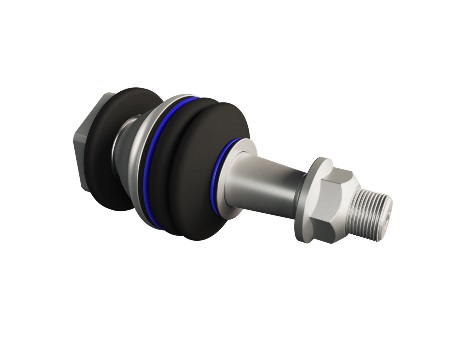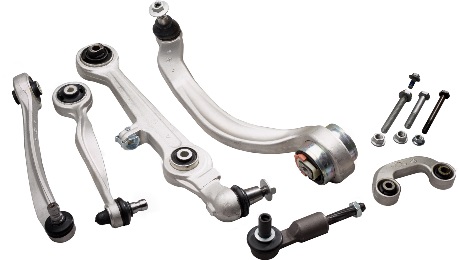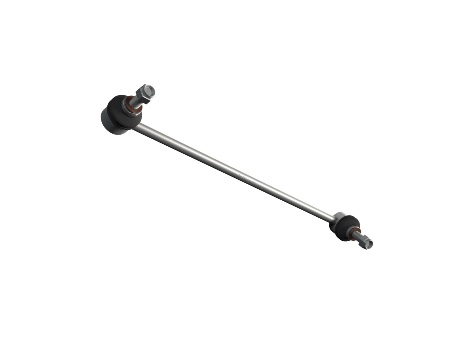Rubber-to-Metal Parts
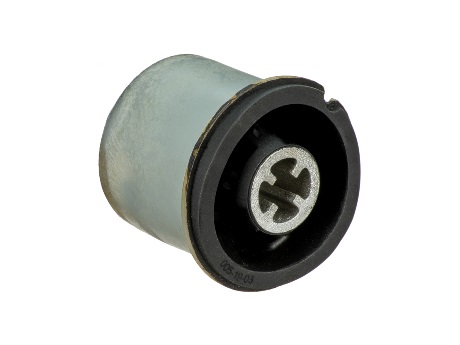
- Product Information
- Product Resources
- Enquire
- Related Products
Broad range
Today’s modern vehicles contain many different rubber-to-metal components, which is why we’re focused on the continued development of our range. Our current line-up includes control arm and suspension mount bushes, anti-roll bar bushes and engine mounts … with more to come.
The right material
Rubber-to-metal components are subject to high dynamic stresses day-in, day-out. And is why we only ever use the highest quality materials. By carefully balancing the precise quantities of steel and rubber, our rubber-to-metal parts provide the optimum combination of strength, flexibility and noise reduction, tailored to the application they fit.
Preparation is key
To ensure a perfect bond between rubber and metal, both materials go through a rigorous cleaning process. All bonding surfaces are washed, sanded, degreased and painted. And that’s just the start.
Super strong bond
For superior mechanical properties, we chemically bond the rubber to a pre-coated metal surface. Under high temperatures and pressure, the adhesive reacts to provide a powerful bond between the rubber and metal part – so much so, that the rubber should tear before the bond breaks.
Pushed to the limit
We know our parts are strong and durable, but just to be sure, we subject them to extensive fatigue testing. We also conduct push tests to check the cohesion of the rubber to metal. As a rule, OE push out levels for bushes are 1000 Nm of pressure minimum. Ours can withstand 1800 Nm.
Three-year warranty
Available in UK only. Like all our steering parts, our rubber-to-metal range comes with a three-year or 36,000-mile warranty. So you can fit Delphi with complete confidence, for an OE quality repair you know will last.
Rubber to Metal Durability Test
- Confirms the integrity of the part design and manufacturing process used to make it.
- After 220,000 test cycles, the Delphi bush remained intact with a small amount of rubber cracking.
- In contrast, one competitor suffered a complete failure of the bonding in less than 30,000 cycles.
- This can result in the failure of the component assembly into which it is installed.
The Delphi Difference
-
100 years of OE experience, supplier to the world’s top automakers
-
OE heritage and knowledge built into every aftermarket part
-
Comprehensive portfolio for a wide range of vehicles and model years
-
Streamlined SKUs for easy inventory management
-
Support through tools, tips and training

Related product resources and downloads
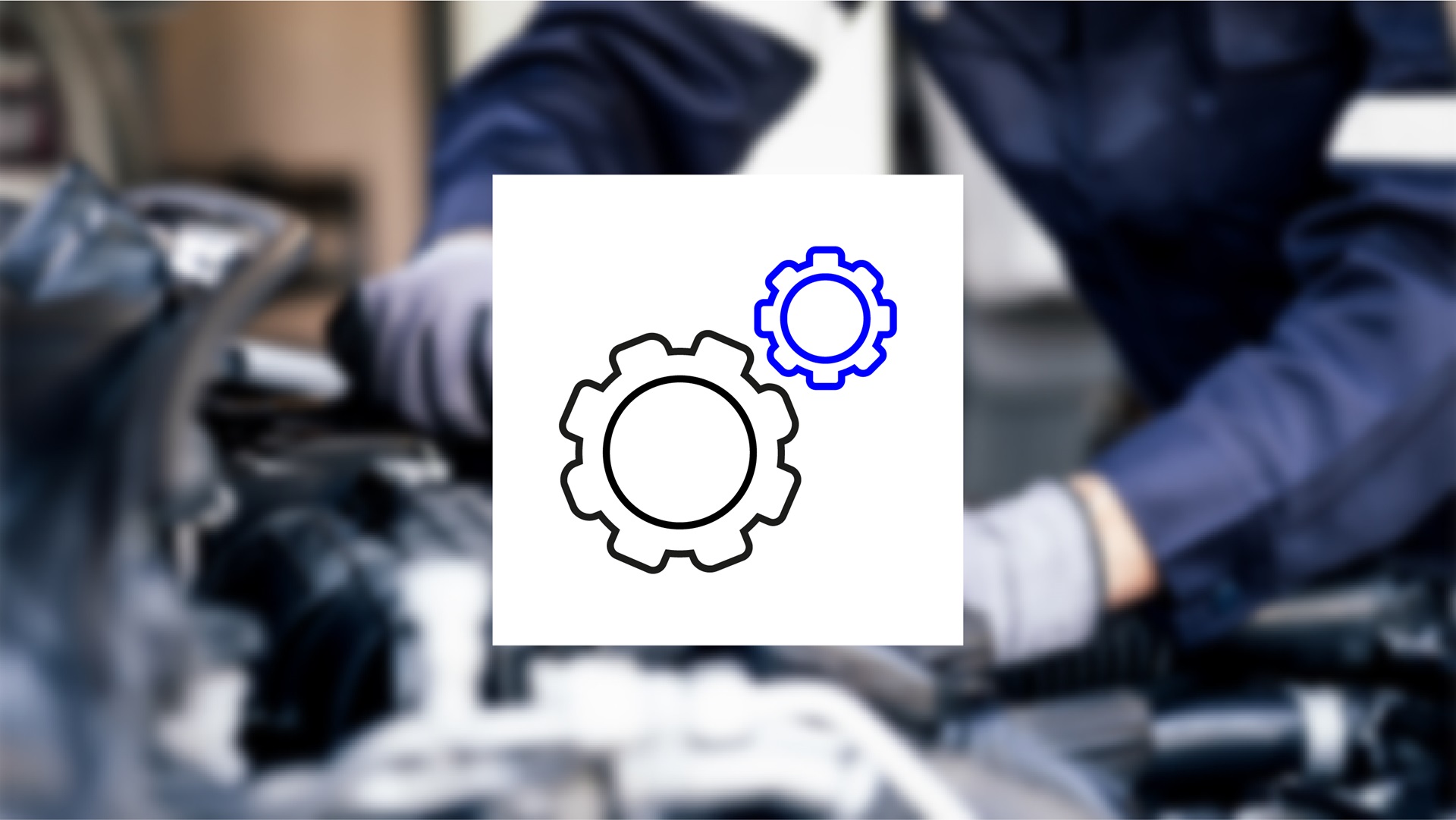
Resource Highlights
Rubber-to-metal bonded parts must be able to withstand significant shear and tensile stress, day-in, day-out. So there can be no weak link between the two materials that come together to make it. Here we explore how the rubber is mechanically bonded to the metal using a rigorous five-stage process.
1 Choosing the right rubber compound
Since rubber-to-metal parts are exposed to many different elements - varying forces, temperatures, chemicals etc – they must perform differently too. Choosing a material that can withstand all these requirements is critical. This is why we carefully blend our rubber compounds, using many different ingredients, to get the right performance characteristics and physical properties for the application.
2 Preparing the surface
For the perfect bond between rubber and metal, all oils, lubricants and other contaminants must be removed from the steel surface, using either solvent degreasing or an alkaline cleaning. Because rubber-to-metal parts operate in harsh conditions, we also apply a special chemical treatment to the surface to protect the bond’s integrity and help prevent corrosion.
3 Primer and adhesive application
Once the surface has been properly cleaned, we use a two-coat adhesive system, to bond the rubber to the metal. Consisting of a primer and an adhesive topcoat, it is applied in a fine, even layer using an automated spray line. The adhesive coated metal must be molded as soon as possible, as any surface contamination at this stage, can cause performance issues further down the line.
4 Moulding
Moulding is one of the most important steps in the bonding process, as this is where the rubber vulcanizes and the adhesive cures simultaneously. During this process, the adhesive on the metal component reacts to the high-temperature, high-pressure and elastomer viscosity to create a powerful bond between the rubber component and metal. Even the smallest of variations in any one of these critical parameters and the bond will ultimately fail.
5 Tested to the limits
Our rubber-to-metal parts are pushed to breaking point, literally. To ensure each part performs to OE specification, a sample piece from each batch undergoes a destructive test, where we try our very best to break it. Whilst this might sound like a strange thing to do, on a part we’ve just made, it’s the only way we can ensure a high quality product. Very simply, the rubber should tear before the bond breaks – if not, the parts are rejected, and the rubber-to-metal bonding process begins again.
Through this painstaking five-step process – rubber compound formulation, surface preparation, primer and adhesive application, moulding, and testing – we know that our rubber-to-metal parts will deliver an unbreakable bond. So, on your next steering job, you can fit Delphi’s parts with confidence, for a bond that will last just as long, with your customers.

Register to our Technician portal for access to downloads & additional services
Get in touch
The full Delphi Steering & Suspension product range
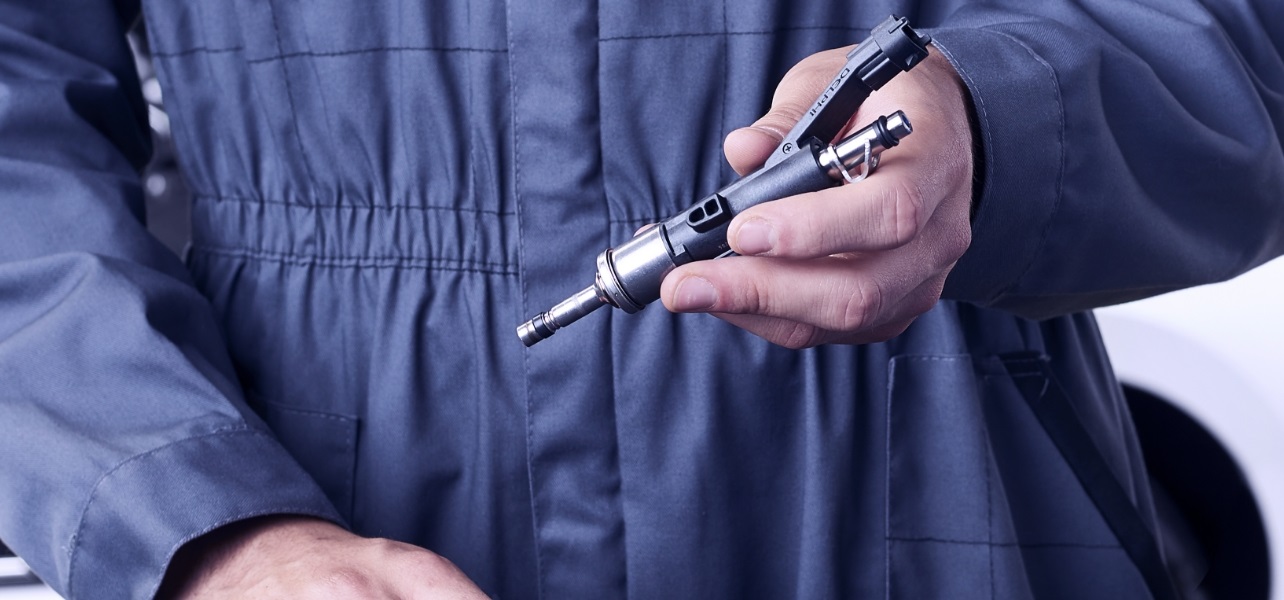
Find out where to buy Delphi parts


